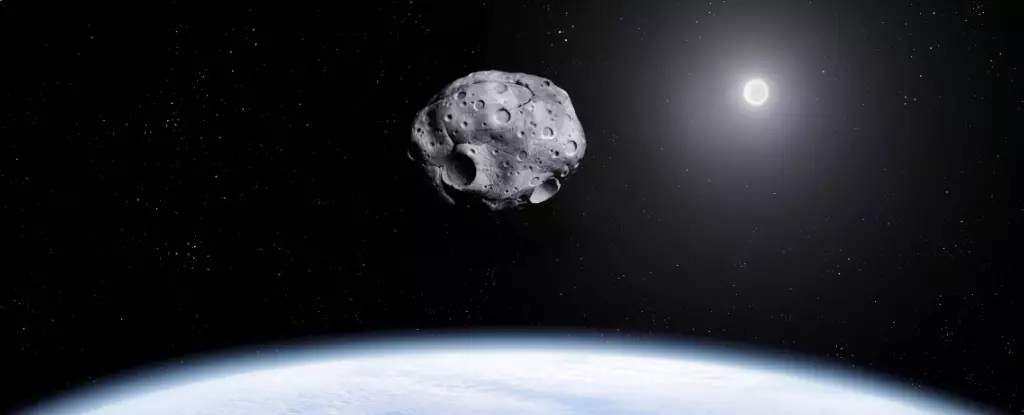In an unexpected twist of fate, the European Space Agency (ESA) has significantly reduced the probability of a city-destroying asteroid colliding with Earth in 2032 from a concerning 3.1 percent to just 0.001 percent. Initially heralded as a potential harbinger of disaster, asteroid 2024 YR4 has captured the attention of planetary defense experts worldwide since its discovery in December. The planet’s scientists have been tireless in monitoring the skies for celestial bodies that could threaten human existence, and this latest development highlights the delicate interplay between fear and scientific reassurance.
Recent observations made by global telescopes have played a pivotal role in refining the knowledge and predictive capabilities regarding asteroid trajectories. By systematically narrowing the zone where 2024 YR4 could potentially strike, astronomers have effectively alleviated previous fears. Earlier assessments placed the asteroid’s potential impact at a hefty level three on the Torino Impact Hazard Scale, suggesting a medium risk. However, with newfound observational data, experts are now comfortable placing the threat level at zero, reflecting a remarkable turnaround in our understanding of this celestial object.
Asteroid 2024 YR4, estimated to be between 40 and 90 meters wide, has the potential to wreak havoc on a city. The sheer size of the asteroid emphasizes the urgency with which space agencies must improve their monitoring capabilities. Had the asteroid maintained its trajectory, the scheduled impact date of December 22, 2032, would have posed a monumental threat to life as we know it. Fortunately, it appears that 2024 YR4 will merely pass by Earth, underscoring the importance of continued vigilance in planetary defense.
Despite the positive change in the assessment of 2024 YR4, the ESA remains resolute in its commitment to advancing asteroid detection technologies. Instruments such as the James Webb Space Telescope will further monitor this asteroid in the upcoming months, ensuring that it is not overlooked again. Furthermore, new telescopes like the Vera Rubin and Flyeye, which are nearing operational status, promise to enhance our ability to detect these space rocks with remarkable speed and precision.
The conversation surrounding near-Earth objects took on a significant turn following NASA’s DART mission, which successfully altered the path of an asteroid in 2022. This mission served as a critical proof of concept for our capabilities in planetary defense. Richard Moissl, heading the ESA’s planetary defense office, expressed his enthusiasm concerning the monitoring of 2024 YR4, calling it a “very exciting and educational exercise.” This incident reaffirmed scientists’ belief that proactive measures could be developed to counteract potential cosmic threats.
The case of asteroid 2024 YR4 serves as a poignant reminder that while the immediate threat has diminished, vigilance is essential. The last time a similarly significant asteroid posed a risk was Apophis in 2004, which was also later deemed safe through advanced observations. As humanity continues to navigate the uncertainties of cosmic threats, our ability to detect, analyze, and ultimately defend against potential asteroid impacts remains a crucial frontier of scientific endeavor. Continuous investment in technology and collaboration between global space agencies will be fundamental to ensuring the safety and survival of our planet.

